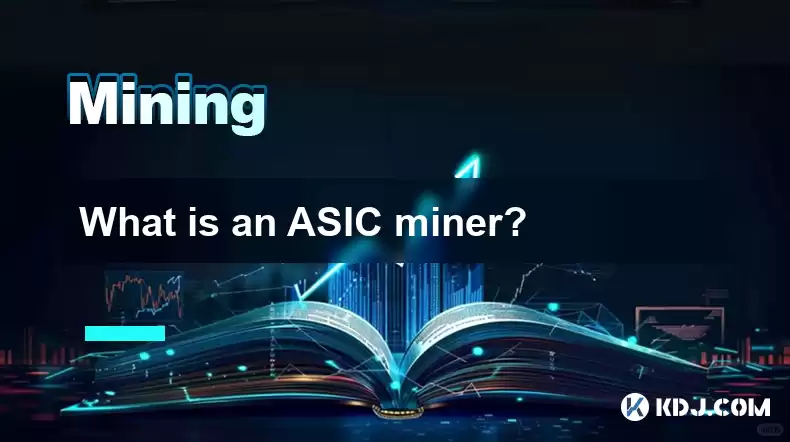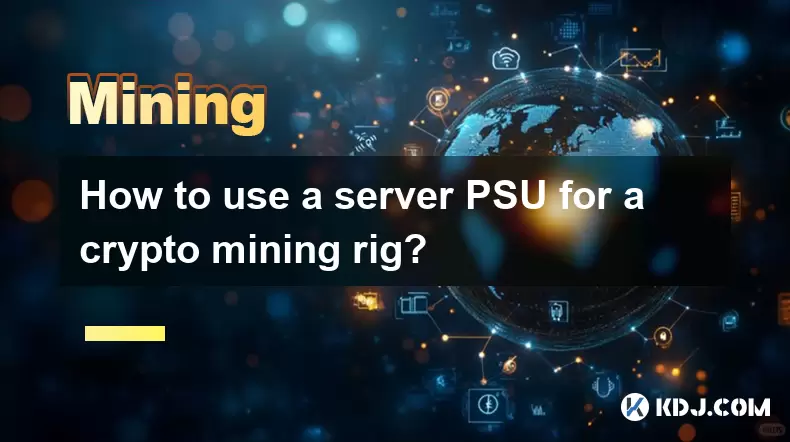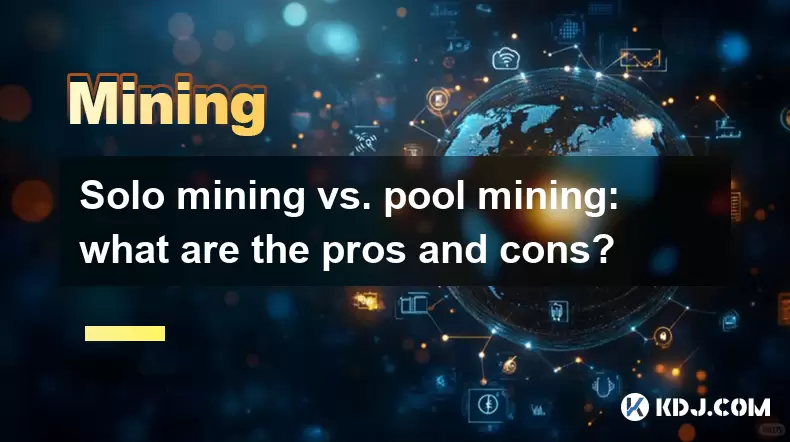-
 Bitcoin
Bitcoin $114200
0.00% -
 Ethereum
Ethereum $3637
0.56% -
 XRP
XRP $2.950
-2.01% -
 Tether USDt
Tether USDt $0.9999
0.02% -
 BNB
BNB $761.0
0.55% -
 Solana
Solana $164.1
-1.38% -
 USDC
USDC $0.9999
0.02% -
 TRON
TRON $0.3332
0.36% -
 Dogecoin
Dogecoin $0.2012
-0.52% -
 Cardano
Cardano $0.7261
-1.41% -
 Hyperliquid
Hyperliquid $37.62
-2.13% -
 Stellar
Stellar $0.3930
-2.65% -
 Sui
Sui $3.441
-0.16% -
 Bitcoin Cash
Bitcoin Cash $563.8
0.70% -
 Chainlink
Chainlink $16.50
0.09% -
 Hedera
Hedera $0.2424
-0.14% -
 Ethena USDe
Ethena USDe $1.001
0.01% -
 Avalanche
Avalanche $22.20
0.00% -
 Litecoin
Litecoin $118.0
-2.48% -
 UNUS SED LEO
UNUS SED LEO $8.991
0.12% -
 Toncoin
Toncoin $3.195
-3.87% -
 Shiba Inu
Shiba Inu $0.00001217
0.12% -
 Uniswap
Uniswap $9.674
-0.21% -
 Polkadot
Polkadot $3.633
1.00% -
 Monero
Monero $295.3
-0.82% -
 Dai
Dai $0.9999
0.00% -
 Bitget Token
Bitget Token $4.321
-0.41% -
 Cronos
Cronos $0.1392
0.73% -
 Pepe
Pepe $0.00001027
-0.89% -
 Aave
Aave $258.5
0.32%
What is an ASIC miner?
ASIC miners, specialized cryptocurrency mining devices, offer exceptional hash rates and energy efficiency but come with high upfront costs and limited use cases.
Feb 20, 2025 at 02:49 am

Key Points
- Understanding the Concept of ASIC Miners
- Principal Advantages and Disadvantages of ASIC Miners
- Step-by-Step Guide to Acquiring and Setting Up an ASIC Miner
- Essential Considerations for Maximizing Profitability
- Navigating Potential Risks Associated with ASIC Mining
- Comparing ASIC Miners from Leading Manufacturers
What is an ASIC Miner?
An Application-Specific Integrated Circuit (ASIC) miner is a specialized electronic device designed exclusively for cryptocurrency mining. Unlike general-purpose CPUs or GPUs, which can be used for various tasks, ASIC miners are tailored to execute the specific algorithms used in cryptocurrency mining, leading to superior performance and energy efficiency.
Principal Advantages of ASIC Miners
- Exceptional Hash Rate: ASIC miners offer unmatched hash rates, far surpassing the capabilities of CPUs and GPUs, enabling miners to process a significant number of transactions and earn more cryptocurrency.
- Energy Efficiency: Optimized for crypto mining, ASIC miners consume less energy compared to other mining hardware, resulting in lower operating costs and increased profitability.
- Dedicated Mining: Unlike other hardware that can be used for multiple purposes, ASIC miners are solely dedicated to mining, eliminating the distractions and performance limitations associated with multitasking.
Principal Disadvantages of ASIC Miners
- High Cost: ASIC miners can be significantly more expensive than CPUs or GPUs, posing a substantial upfront investment for aspiring miners.
- Limited Use: ASIC miners are designed for specific mining algorithms, making them unsuitable for mining other cryptocurrencies that employ different algorithms.
- Rapid Depreciation: The cryptocurrency mining landscape is constantly evolving, and new, more efficient ASIC miners are released regularly, leading to rapid depreciation of older models.
Step-by-Step Guide to Acquiring and Setting Up an ASIC Miner
1. Select an ASIC Miner:
Consider factors such as hash rate, energy efficiency, profitability, and manufacturer reputation.
2. Purchase the ASIC Miner:
Various distributors and online marketplaces offer ASIC miners. Ensure you purchase from reputable sources to avoid scams and counterfeit products.
3. Assemble the Hardware:
Follow the manufacturer's instructions to assemble the ASIC miner, including connecting components such as the power supply, cooling fans, and network interface.
4. Configure the Firmware:
Update the firmware to the latest version to optimize performance and security. Configure the miner with your mining pool and wallet address.
5. Connect and Start Mining:
Connect the ASIC miner to a power source, network, and mining pool. The miner will start automatically and display mining statistics on its interface.
Essential Considerations for Maximizing Profitability
- Choose the Right Coin: Select a profitable cryptocurrency to mine based on market conditions, hash rate, and network difficulty.
- Optimize Mining Pool: Join a mining pool that offers low fees, consistent payouts, and high uptime.
- Control Energy Consumption: Monitor and adjust settings to minimize energy consumption without compromising hash rate.
- Consider Cloud Mining: Cloud mining involves renting hashing power from third-party providers, offering flexibility and reducing hardware costs.
Navigating Potential Risks Associated with ASIC Mining
- Hardware Failure: ASIC miners can malfunction due to various factors, resulting in lost mining revenue.
- Volatile Markets: Cryptocurrency prices can fluctuate dramatically, impacting the profitability of mining.
- Difficulty Adjustments: Network difficulty adjusts based on the number of miners, affecting the mining rewards.
- Scams and Fraud: Scammers may offer fake or defective ASIC miners. Beware of suspicious deals and thoroughly research the vendor.
Comparing ASIC Miners from Leading Manufacturers
Bitmain Antminer S19 Series
- High hash rate and energy efficiency
- Reliable and well-supported by the community
- Range of models to choose from
Innosilicon T3 Series
- Focus on profitability and lower power consumption
- Offer competitive warranty and after-sales support
- Known for innovation and research in ASIC technology
MicroBT Whatsminer M30 Series
- Impressive hash rate
- Energy-saving design
- User-friendly interface and remote management capabilities
Canaan Avalonminer 12 Series
- High reliability and durability
- Efficient cooling system
- Strong customer support
Ebang Ebit E9 Series
- Low power consumption and quiet operation
- Cost-effective option for entry-level miners
- Compact and portable design
FAQs
Q: What is the hash rate of an ASIC miner?
A: Hash rate measures the processing power of a miner, typically expressed in hashes per second (H/s). A higher hash rate indicates a more powerful miner.
Q: What are the operating costs of an ASIC miner?
A: Operating costs include electricity consumption, hardware maintenance, and pool fees. Energy consumption varies depending on the miner's efficiency.
Q: Can ASIC miners be used for all cryptocurrencies?
A: No, ASIC miners are designed for specific algorithms, limiting their use to particular cryptocurrencies.
Q: Is ASIC mining still profitable?
A: Profitability depends on factors such as cryptocurrency prices, network difficulty, and operating costs. Research market conditions to assess profitability.
Q: How long will an ASIC miner last?
A: The lifespan of an ASIC miner varies depending on usage and maintenance. On average, miners operate effectively for several years before performance degrades.
Disclaimer:info@kdj.com
The information provided is not trading advice. kdj.com does not assume any responsibility for any investments made based on the information provided in this article. Cryptocurrencies are highly volatile and it is highly recommended that you invest with caution after thorough research!
If you believe that the content used on this website infringes your copyright, please contact us immediately (info@kdj.com) and we will delete it promptly.
- BONK, PENGU, and Cold Wallet: What's Hot and What's Not in Crypto Right Now
- 2025-08-07 00:30:32
- Mantle Rockets, WeWake Presale: Chasing 100x Potential in Web3
- 2025-08-07 01:13:45
- Solana Price and the Rise of Remittix: Revolutionizing Crypto Payments
- 2025-08-07 01:13:45
- BlockSack (BSACK): The Base Meme Coin Taking Over the Chain
- 2025-08-07 00:30:32
- Ethereum, Transaction Volumes, and SEC Staking: Navigating the Regulatory Landscape
- 2025-08-06 22:30:13
- Crypto, Tokens, and Metrics: Navigating the New Frontier
- 2025-08-06 23:09:22
Related knowledge

What are the differences between mining on Windows vs. Linux?
Aug 06,2025 at 11:29pm
Overview of Cryptocurrency Mining PlatformsCryptocurrency mining involves using computational power to solve complex cryptographic puzzles and validat...

Can you mine cryptocurrency using solar power?
Aug 07,2025 at 12:00am
Understanding the Basics of Cryptocurrency MiningCryptocurrency mining involves validating transactions on a blockchain network by solving complex cry...

How to build a mining rig inside a PC case?
Aug 06,2025 at 11:01pm
Understanding the Basics of a Mining Rig in a PC CaseBuilding a mining rig inside a PC case involves transforming a standard computer chassis into a d...

How to set up a mining farm with multiple rigs?
Aug 07,2025 at 12:38am
Understanding the Basics of a Multi-Rig Mining FarmSetting up a mining farm with multiple rigs begins with understanding the core components involved ...

How to use a server PSU for a crypto mining rig?
Aug 06,2025 at 08:39pm
Understanding Server PSUs and Their Relevance to Crypto MiningCrypto mining rigs demand stable, high-wattage power supplies to run multiple GPUs effic...

Solo mining vs. pool mining: what are the pros and cons?
Aug 06,2025 at 08:15pm
Understanding Solo Mining in CryptocurrencySolo mining refers to the process where an individual miner attempts to solve a block on their own without ...

What are the differences between mining on Windows vs. Linux?
Aug 06,2025 at 11:29pm
Overview of Cryptocurrency Mining PlatformsCryptocurrency mining involves using computational power to solve complex cryptographic puzzles and validat...

Can you mine cryptocurrency using solar power?
Aug 07,2025 at 12:00am
Understanding the Basics of Cryptocurrency MiningCryptocurrency mining involves validating transactions on a blockchain network by solving complex cry...

How to build a mining rig inside a PC case?
Aug 06,2025 at 11:01pm
Understanding the Basics of a Mining Rig in a PC CaseBuilding a mining rig inside a PC case involves transforming a standard computer chassis into a d...

How to set up a mining farm with multiple rigs?
Aug 07,2025 at 12:38am
Understanding the Basics of a Multi-Rig Mining FarmSetting up a mining farm with multiple rigs begins with understanding the core components involved ...

How to use a server PSU for a crypto mining rig?
Aug 06,2025 at 08:39pm
Understanding Server PSUs and Their Relevance to Crypto MiningCrypto mining rigs demand stable, high-wattage power supplies to run multiple GPUs effic...

Solo mining vs. pool mining: what are the pros and cons?
Aug 06,2025 at 08:15pm
Understanding Solo Mining in CryptocurrencySolo mining refers to the process where an individual miner attempts to solve a block on their own without ...
See all articles

























































































